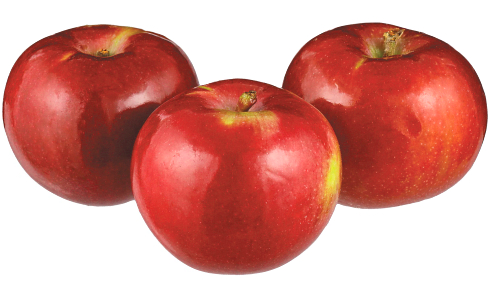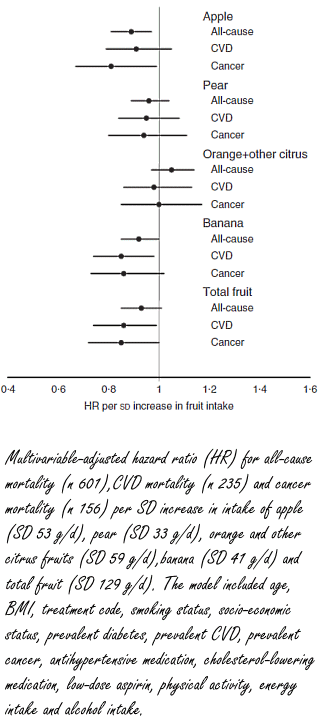An apple a day helps to keep deadly cancer away
Apple skins contain substances - perhaps ursolic acid, perhaps polyphenols - that inhibit cancer cells. So you would expect that people who eat apples every day have a lower risk of cancer. And that is exactly the take home message of an Australian study that appeared in the British Journal of Nutrition in 2016.
 Study
Study
Epidemiologists from the University of Western Australia studied 1456 women who had participated in an epidemiological study in 1998. The women were older than 70 at the time. The researchers followed the women until 2013.
The women had previously provided information about their diet. The researchers examined whether there was a link between that diet and the risk of death.
Results
In the 15-year period, 41.7 percent of the women died. Cardiovascular disease was the leading cause of death [38.7 percent], followed by cancer [25.7 percent].
For every half an apple the women daily consumed - which equates to 53 grams of apple - the risk of dying over the 15-year period was reduced by 11 percent, and the risk of dying from cancer by 19 percent.

Conclusion
"We have shown that a higher apple intake was dose-dependently associated with lower risk of all-cause and cancer mortality in elderly women", summarize the researchers.
"Our results support the concept that an apple a day protects against death in elderly women, particularly via reductions in the risk of cancer."
Source:
Br J Nutr. 2016 Mar 14;115(5):860-7.
Apple skins contain substances - perhaps ursolic acid, perhaps polyphenols - that inhibit cancer cells. So you would expect that people who eat apples every day have a lower risk of cancer. And that is exactly the take home message of an Australian study that appeared in the British Journal of Nutrition in 2016.

Epidemiologists from the University of Western Australia studied 1456 women who had participated in an epidemiological study in 1998. The women were older than 70 at the time. The researchers followed the women until 2013.
The women had previously provided information about their diet. The researchers examined whether there was a link between that diet and the risk of death.
Results
In the 15-year period, 41.7 percent of the women died. Cardiovascular disease was the leading cause of death [38.7 percent], followed by cancer [25.7 percent].
For every half an apple the women daily consumed - which equates to 53 grams of apple - the risk of dying over the 15-year period was reduced by 11 percent, and the risk of dying from cancer by 19 percent.

Conclusion
"We have shown that a higher apple intake was dose-dependently associated with lower risk of all-cause and cancer mortality in elderly women", summarize the researchers.
"Our results support the concept that an apple a day protects against death in elderly women, particularly via reductions in the risk of cancer."
Source:
Br J Nutr. 2016 Mar 14;115(5):860-7.


